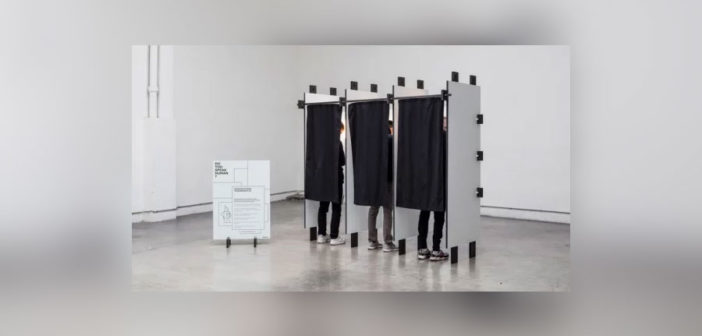Their responses pose a question: Where’s the gender-neutral voice assistant?
![[Photo: Space10]](https://images.fastcompany.net/image/upload/w_562)
This goes against the basic premise of inclusive design, and tech companies have finally started to inch toward change. Just last month, Google added a male voice to the Google Assistant so that users can choose which gender they’d prefer to boss around. However, while you can ask Siri to change her gender, Cortana’s options must be found in the bot’s settings. And though you can also set Alexa to a male voice if you’re an English speaker, they all still default to female voices.
What do users really want, when it comes to their assistants? In a surveyposted online earlier this year, Ikea’s innovation lab Space10 posed a very basic question to the public: Do you want your AI to have a gender in the first place? Now, the survey results from nearly 12,000 people across 139 countries are in–and a healthy plurality, 44%, prefer their AI to be gender neutral.
That answer changes when you divide the responses into men and women. Of the approximately 8,000 men who responded, 27% think AI should be female and 36% think it should be male–that’s 63% who believe AI should have a gender. Meanwhile, 36% think AI should be gender neutral. In contrast, 62% of women think AI should be gender neutral, while 11% think it should be male and 27% think it should be female.
While the results of the survey shouldn’t be taken as scientific, given that the number of men who responded was approximately double the number of women who responded and there were no controls for age group or any other kind of representative sampling, it’s still an interesting insight. While most assistants now offer either gender as an option, none of them have a gender neutral option at all. If the tech companies behind these assistants were to get on board, it would be fairly straightforward to offer a gender-neutral voice option.
The survey also revealed another interesting tidbit about respondents–that 69% want AI to share their worldview and values. While “worldview and values” is vague terminology and could be interpreted in a number of ways, it does pose an interesting question for designers working on these systems. How do you design an AI that validates the worldview of whomever uses it? Is reinforcing everything a user thinks really a good design decision?Ultimately, Space10 released the survey because the lab wanted to start conversations both in the public sphere and inside Ikea–which has been experimenting more and more with building its own technology products–about what form AI should take, and to identify its own designers’ blind spots when it comes to bias. But so far, there are no plans to use the opinions of the 12,000 respondents to dictate what kinds of AI Ikea ends up developing, if it develops any at all.
–
This article first appeared in www.fastcodesign.com
Seeking to build and grow your brand using the force of consumer insight, strategic foresight, creative disruption and technology prowess? Talk to us at +9714 3867728 or mail: info@groupisd.com or visit www.groupisd.com




